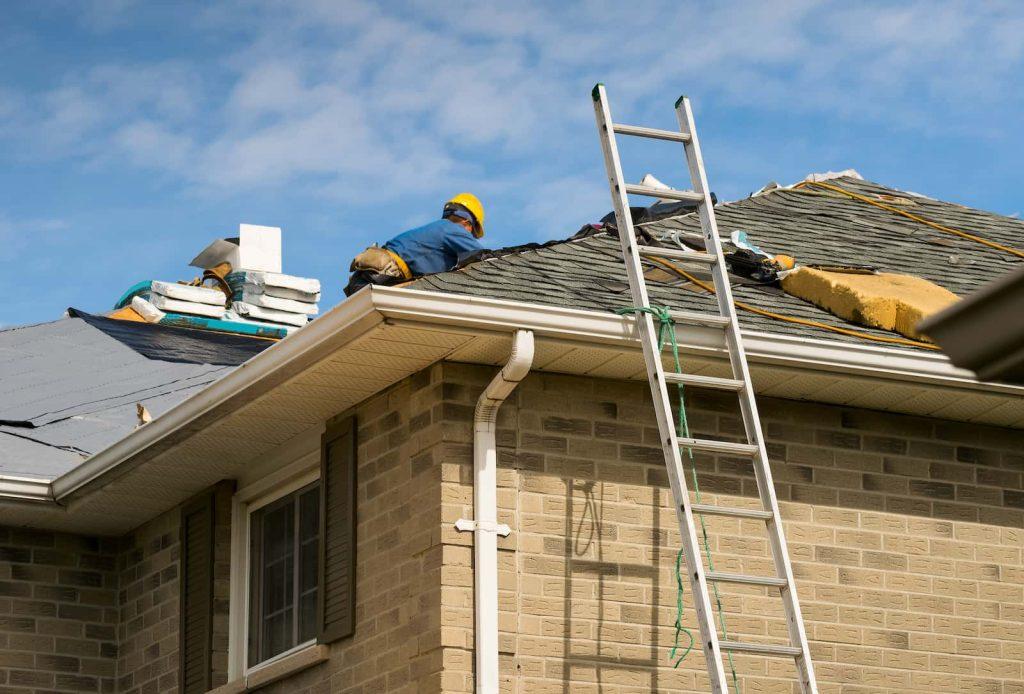Living in a homeowners’ association (HOA) community has its advantages and disadvantages. On one hand, it provides a sense of community and shared responsibility for common areas. On the other hand, homeowners must adhere to certain rules and regulations set by the HOA. One common concern that homeowners often have is whether the HOA can force them to replace their roof. In this article, we will explore the rules and regulations surrounding HOA and roof replacements to provide homeowners with a better understanding of their rights and responsibilities.

Understanding the Role of HOA in Roof Replacements
Homeowners’ associations are established to manage and maintain common areas within a community and ensure that the neighborhood maintains a certain standard. These common areas may include parks, swimming pools, sidewalks, and even the exteriors of buildings, including roofs. The HOA is responsible for creating and enforcing rules, also known as covenants, conditions, and restrictions (CC&Rs), that homeowners must abide by.
The CC&Rs and Roofing Guidelines
In most HOA communities, the CC&Rs include guidelines related to the maintenance and replacement of roofs. These guidelines are put in place to maintain a uniform appearance of the neighborhood and ensure that all homes meet specific aesthetic and structural standards.
The CC&Rs may address various aspects of roofing, such as the type of roofing material allowed, the color of the roof, and the frequency of roof inspections. Additionally, the guidelines may outline the process homeowners must follow when they need to repair or replace their roof.
When Can the HOA Require You to Replace Your Roof?
The HOA typically has the authority to require a homeowner to replace their roof under the following circumstances:
- Roof Damage or Failure: If your roof has suffered significant damage due to a storm, fire, or other events, the HOA may require you to replace the roof to maintain the overall appearance and integrity of the community.
- Roof Aging and Deterioration: Roofs have a limited lifespan, and as they age, they may become less effective at protecting the home from the elements. The HOA may require homeowners to replace their roofs if they have reached a certain age or show signs of significant deterioration.
- Non-Compliance with Guidelines: If your current roof does not meet the roofing guidelines set by the HOA, they may ask you to replace it with a roof that complies with the established standards.
- Structural Changes: If you plan to make significant structural changes to your home that would affect the roof’s appearance, the HOA may require you to replace the roof to ensure that it aligns with the new design.
- Violation of Maintenance Requirements: Most CC&Rs include clauses that require homeowners to maintain their roofs in good condition. Failure to meet these maintenance requirements may result in the HOA requesting a roof replacement.
Challenging the HOA’s Decision
While the HOA has the authority to enforce its rules and regulations, homeowners also have rights and avenues to challenge the HOA’s decision. If you believe that the HOA’s requirement to replace your roof is unreasonable or unjustified, you can usually appeal the decision through the HOA’s dispute resolution process.
Conclusion
Living in an HOA community comes with the responsibility to adhere to the established rules and regulations, including those related to roof replacements. The HOA has the authority to require you to replace your roof under specific circumstances, such as damage, aging, or non-compliance with guidelines. However, homeowners also have rights and can challenge the HOA’s decision if they believe it is unwarranted. It is essential for homeowners to understand the CC&Rs and roof guidelines in their community to avoid potential conflicts and ensure that their homes remain in compliance with the HOA’s standards.



Leave a Reply